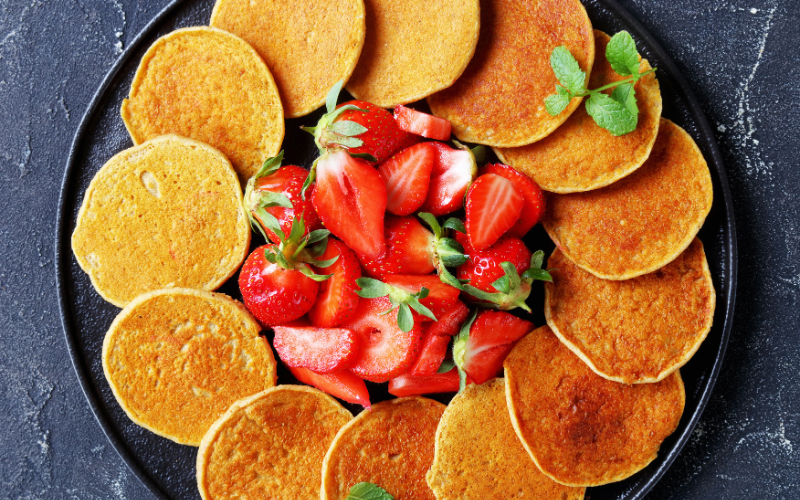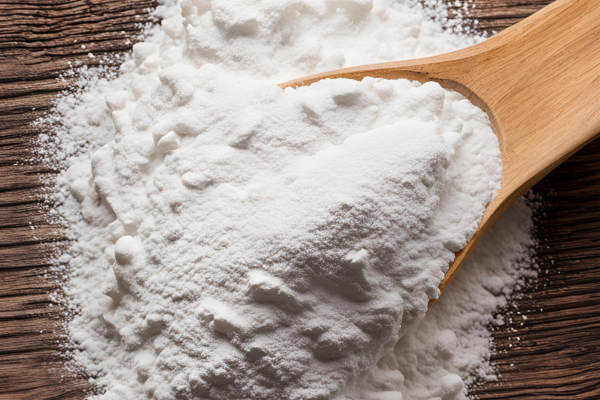The History of Arrowroot Powder
Arrowroot powder is an ancient starch with a fascinating history and a wide range of culinary and medicinal uses. Derived from the root of the tropical plant Maranta arundinacea, arrowroot has been utilized for thousands of years, valued for its versatility in both cooking and natural remedies. Its neutral flavor, fine texture, and gluten-free properties make it a popular alternative to wheat flour, especially in modern kitchens with more common dietary preferences and restrictions.
The Origins of Arrowroot Powder
The use of arrowroot dates back to the indigenous peoples of the Caribbean, where the Arawak Indians were among the first to cultivate the plant. The term “arrowroot” is believed to have originated from its use in traditional medicine. The Arawaks reportedly used the plant’s roots to treat wounds caused by poisoned arrows, hence its name. They would mash the root to extract its juice, which was applied to wounds to neutralize toxins.
When European explorers arrived in the Caribbean during the 16th century, they noted the plant’s healing properties and began to export it to Europe. Over time, arrowroot’s use expanded from a medicinal remedy to a popular thickening agent in cooking.
Arrowroot powder is made by extracting starch from the arrowroot plant. The process involves peeling the roots, washing them, and then mashing them into a pulp. The starch is separated from the pulp and dried to form a fine, white powder.
One of arrowroot’s most appealing qualities is its mildness. It is gluten-free, grain-free, and easily digestible, making it a popular option for people with dietary restrictions such as celiac disease or gluten intolerance. Arrowroot is also low in calories and fat, making it a healthy thickening agent for a variety of dishes.
Culinary & Medicinal Uses of Arrowroot Powder
Arrowroot powder is often used as a thickener in soups, sauces, and gravies, thanks to its ability to create a silky, smooth texture without altering the flavor of a dish. It’s also prized for being more effective than other starches like cornstarch, as it thickens at lower temperatures and doesn’t break down when frozen or reheated.
This powder is especially useful in recipes where a glossy finish is desired, such as in fruit sauces or glazes. In baking, arrowroot can be used to lighten the texture of gluten-free baked goods, improving the crumb and moisture content. When mixed with other gluten-free flours, it can help to create soft, tender cakes, cookies, and breads.
Beyond the kitchen, arrowroot has a history of medicinal applications. It has been used to soothe digestive issues, such as indigestion and diarrhea, due to its easy digestibility. In some cultures, it is still used in baby food for infants with sensitive stomachs. It has also been applied topically to treat skin irritations and as a natural remedy for sunburns, rashes, and insect bites.
Arrowroot as a Substitute
One of the most common uses for arrowroot powder today is as a substitute for cornstarch. It can be used in a 1:1 ratio in most recipes. Unlike cornstarch, which is derived from corn and often genetically modified, arrowroot is free from GMOs, making it a popular choice for those seeking natural and organic alternatives.
Arrowroot can also replace eggs in some recipes. For example, to create an egg substitute, mix 1 tablespoon of arrowroot powder with 1 tablespoon of water and 1 tablespoon of oil. This mixture works well in vegan and egg-free baking.
Arrowroot Powder Recipe: Gluten-Free Arrowroot Pancakes
Here’s a simple and delicious recipe that highlights the benefits of arrowroot powder:
Ingredients:
- 1 cup arrowroot powder
- ½ cup almond flour
- 2 tablespoons coconut flour
- 1 teaspoon baking powder
- ¼ teaspoon salt
- 2 large eggs
- 1 cup almond milk (or any preferred milk)
- 1 tablespoon coconut oil (melted)
- 1 teaspoon vanilla extract
- 1 tablespoon honey (optional)

Instructions:
- In a medium bowl, whisk together the arrowroot powder, almond flour, coconut flour, baking powder, and salt.
- In another bowl, beat the eggs and then add the almond milk, melted coconut oil, vanilla extract, and honey. Stir until well combined.
- Gradually add the dry ingredients to the wet ingredients, stirring until the batter is smooth.
- Heat a non-stick skillet or griddle over medium heat and lightly grease with oil.
- Pour ¼ cup of the batter onto the skillet for each pancake. Cook until bubbles form on the surface, then flip and cook the other side until golden brown.
- Serve with your favorite toppings such as fresh berries, maple syrup, or nut butter.
This recipe is not only gluten-free but also dairy-free and suitable for those following a paleo or grain-free diet. The arrowroot powder gives these pancakes a light and fluffy texture, making them a great breakfast option for anyone looking for a healthier alternative.
Conclusion
Arrowroot powder may have ancient origins, but it remains relevant in today’s kitchens, especially as more people seek gluten-free and natural ingredients. Whether you’re thickening a sauce, baking without gluten, or even looking for a natural remedy, arrowroot powder is a versatile, healthful addition to your pantry. Its long history and wide-ranging uses make it a valuable ingredient that continues to stand the test of time.
